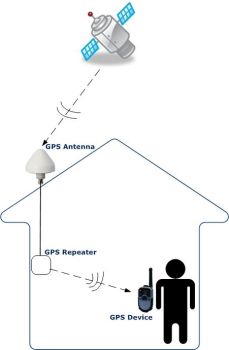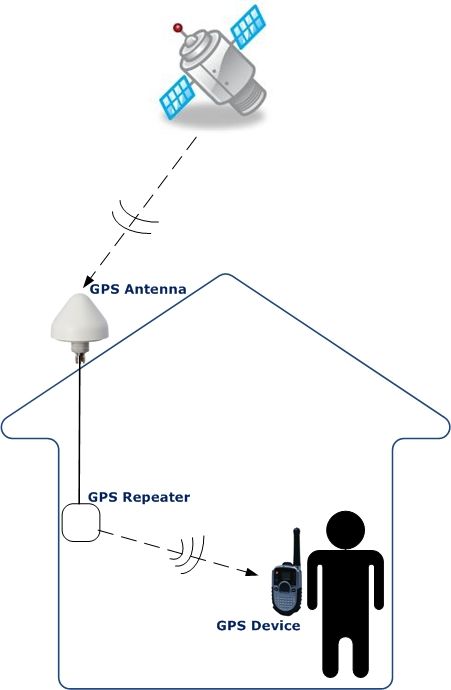Ensuring That GPS Testing Is An Inside Job

Most people have experienced the frustration of not being able to receive a mobile phone signal while indoors; it’s even more irritating when there’s a perfectly usable signal just outside the door.
The situation is usually caused by the structure of the building; the signals just can’t penetrate through the walls. Ironically it’s often modern insulating materials such as foil-backed insulation that prevent the ingress of signal and makes it necessary to go outside in the cold to make a call.
Nowadays of course mobile devices aren’t just phones; they perform a vast range of other functions, some of which rely on the reception of GPS satellite signals which are usually only available outside the building.
Mobile phones represent just one industry sector in which GPS technology has embedded itself; the range of equipment that needs to provide its operator/owner with accurate location information is ever-expanding.
Consequently the need to manufacture, test, calibrate, service and operate GPS products in an indoor environment is also growing; and so the challenge of bringing the outdoor GPS signal inside the building grows with it.
There is a relatively simple solution; an enabling technology called a GPS repeater, also referred to as a re-radiator.
First – let’s define a GPS repeater system: a GPS repeater operates by receiving GPS satellite signals outside the building and re-radiating them inside the building or covered space.
There is an outdoor antenna to pick up the signals from your rooftop, and a coaxial cable that carries the signal inside the building to a small, mains-powered, repeater unit. The repeater unit has a built-in antenna that can cover a radius of up to 20 metres. Multiple repeaters can be used to provide coverage over a larger area by using a coaxial signal splitter attached to the bottom of the feeder cable.
If a smaller area of coverage is required, for example when the need is to provide coverage within a specific area of a workshop or laboratory, a gain control can effectively reduce the coverage to a few square metres.
Note that all repeaters in a network will transmit the same coordinates, i.e. the position of the outdoor antenna and not the position of the repeater unit itself.

